How to Select the Right Vertical Machining Center for Your Manufacturing Needs
Selecting the right vertical machining center (VMC) is paramount for manufacturers aiming to enhance efficiency and precision in their production processes. According to a report by the Association for Manufacturing Technology, the demand for advanced machining centers, including vertical configurations, is projected to grow at a compound annual growth rate (CAGR) of 5.1% from 2021 to 2028. This surge underscores the evolving needs of the manufacturing sector, where precision and versatility are increasingly critical.
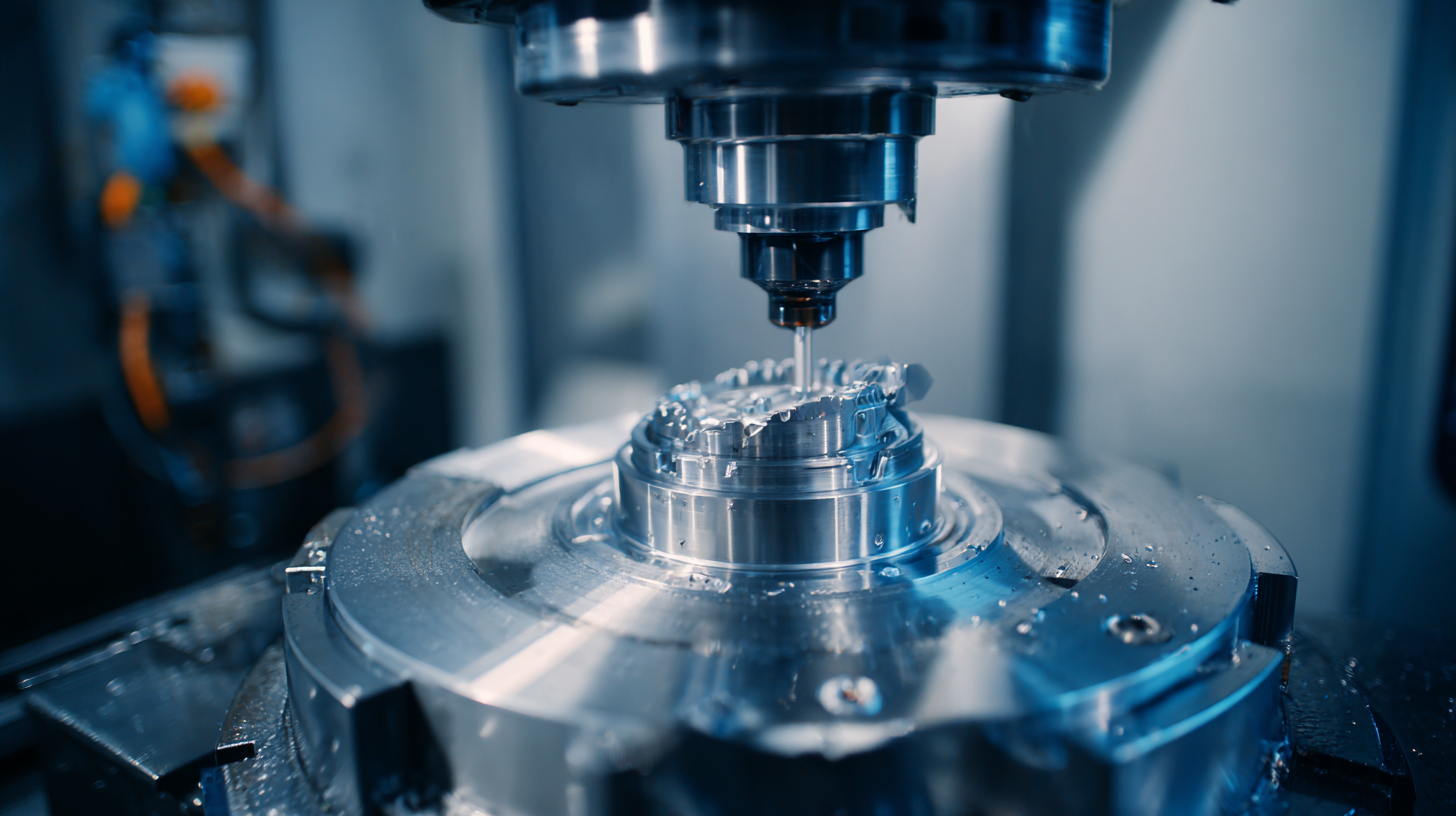
Additionally, a study from MarketsandMarkets highlights that vertical machining centers offer superior rigidity and chip removal capabilities, making them ideal for a wide range of applications, from aerospace to automotive. As industries gravitate towards automation and increased productivity, understanding the specific requirements for selecting a VMC becomes essential for staying competitive in the market.
Whether you're a small-scale operation or a large manufacturing entity, choosing the right vertical machining center can significantly impact your operational success.
Understanding Different Types of Vertical Machining Centers and Their Applications
When selecting a vertical machining center (VMC) for manufacturing, understanding the various types and their applications is crucial. VMCs are categorized based on their construct and capabilities, such as bridge-type, which are designed for optimal cutting performance and precision; and standard vertical machines that cater to general milling tasks. Each type suits specific manufacturing needs, influenced by factors such as material type, part complexity, and production volume.
Additionally, the specifications and features of a VMC can significantly impact operational efficiency. Features like spindle speed, tool capacity, and control software can differ distinctly between models. Advanced models may offer enhanced automation capabilities and integrated software solutions, leading to improved productivity and reduced lead times. As the global machining centers market continues to expand, understanding these distinctions will help manufacturers choose the right VMC to meet their operational objectives effectively.
Key Specifications to Consider When Choosing a Vertical Machining Center
When selecting the right vertical machining center (VMC) for your manufacturing needs, key specifications are crucial to ensure you make an informed decision. First, consider the machine's travel capacity, which refers to the maximum distance the tool can move in relation to the workpiece. This specification directly affects the size of components you can manufacture. Additionally, pay attention to the spindle speed and power. Higher spindle speeds can significantly enhance productivity and enable the machining of various materials, while sufficient power is necessary for heavy-duty operations.
Another vital consideration is the tool change system. A VMC equipped with a quick tool change system can minimize downtime, thereby increasing efficiency in a production environment. Furthermore, assess the control system’s user-friendliness and compatibility with any existing software in your facility. These specifications, coupled with the potential for precision CNC machining as seen in recent expansions of custom manufacturing services, can greatly enhance your machining capabilities and output quality. As the industry evolves, ensuring you have the right specifications is essential for staying competitive.
Evaluating the Role of Tooling and Workholding in Vertical Machining Efficiency
When selecting a vertical machining center (VMC), the effectiveness of tooling and workholding systems plays a pivotal role in achieving operational efficiency. According to a recent report by the Association for Manufacturing Technology (AMT), the right tooling can enhance machining speed by up to 30%, while improper tooling may lead to increased cycle times and higher wear on machines. Selecting high-performance cutting tools, such as carbide or high-speed steel options, can significantly improve chip removal rates and surface finish quality, directly impacting overall productivity.
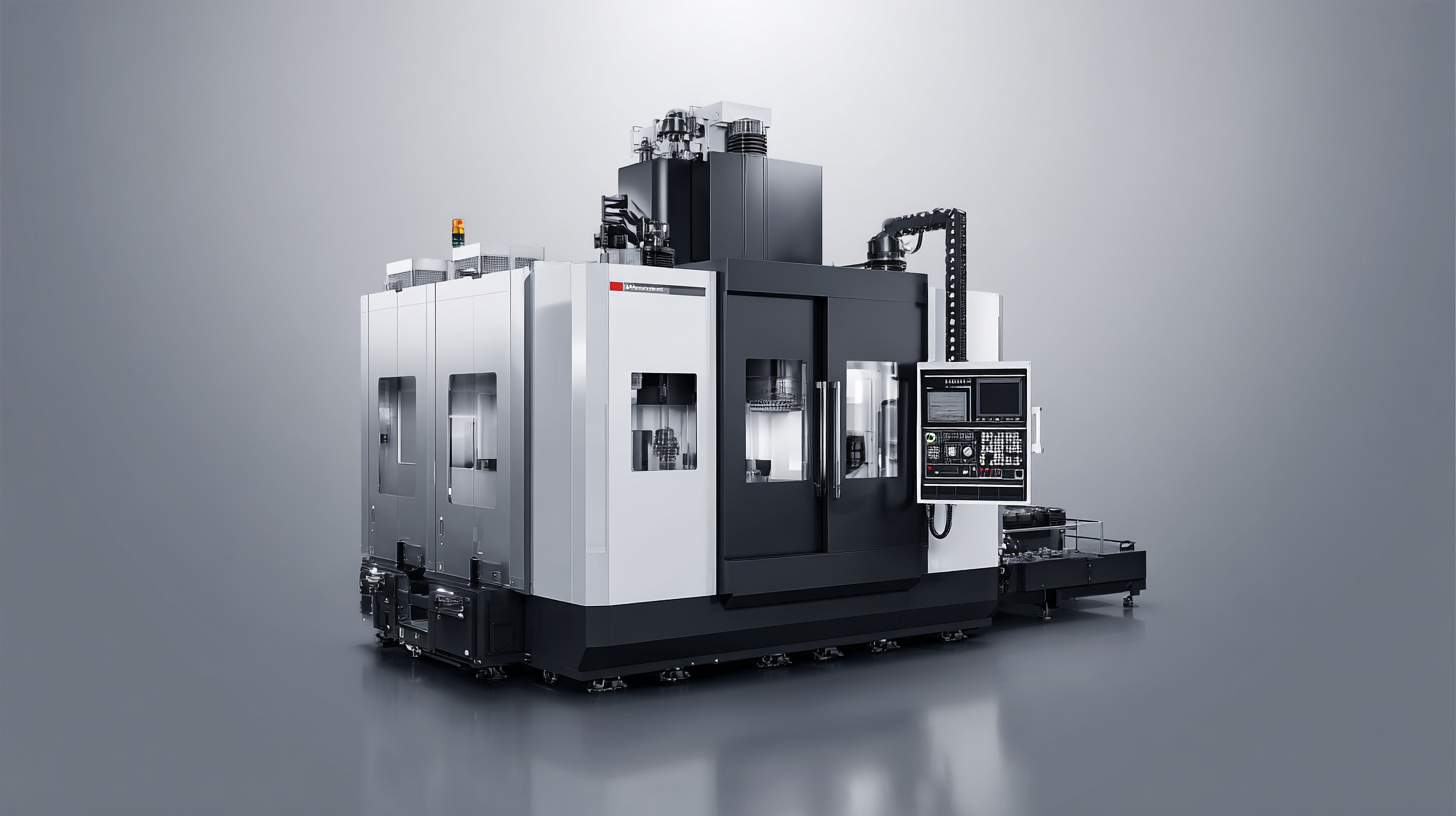
Workholding devices are equally critical in ensuring precision and stability during machining operations. A study published in the Journal of Manufacturing Processes found that utilizing advanced workholding solutions, such as magnetic or hydraulic vises, can reduce setup times by as much as 40%. By securely holding workpieces in place, these systems minimize movement and vibration, which can compromise part accuracy. Manufacturers should prioritize integrating compatible workholding solutions that align with their VMC capabilities to maximize throughput and reduce scrap rates, ultimately leading to a more efficient production process.
Analyzing Cost vs. Performance: What to Expect from Different Machining Centers
When selecting a vertical machining center (VMC) for your manufacturing needs, it’s essential to analyze the cost versus performance of various options available in the market. Different machining centers come with varying levels of precision, speed, and load capacity, which directly affect their performance and the value they bring to your operations. Understanding the specific demands of your projects will help you narrow down your choices effectively.
Tip: Before making a purchase, calculate the expected return on investment (ROI) based on your production requirements. Consider not just the upfront cost but also the potential gains in efficiency and the quality of the final products. Remember that a higher initial price tag may lead to better long-term performance, reducing downtime and operational costs.
Another factor to assess is the support and service provided by manufacturers. Reliable support can enhance the capability and longevity of your machining center. Tip: Look for reviews and testimonials from other users to gauge the reliability and service quality of the brand you’re considering. This will help you make an informed decision that balances cost, performance, and support.
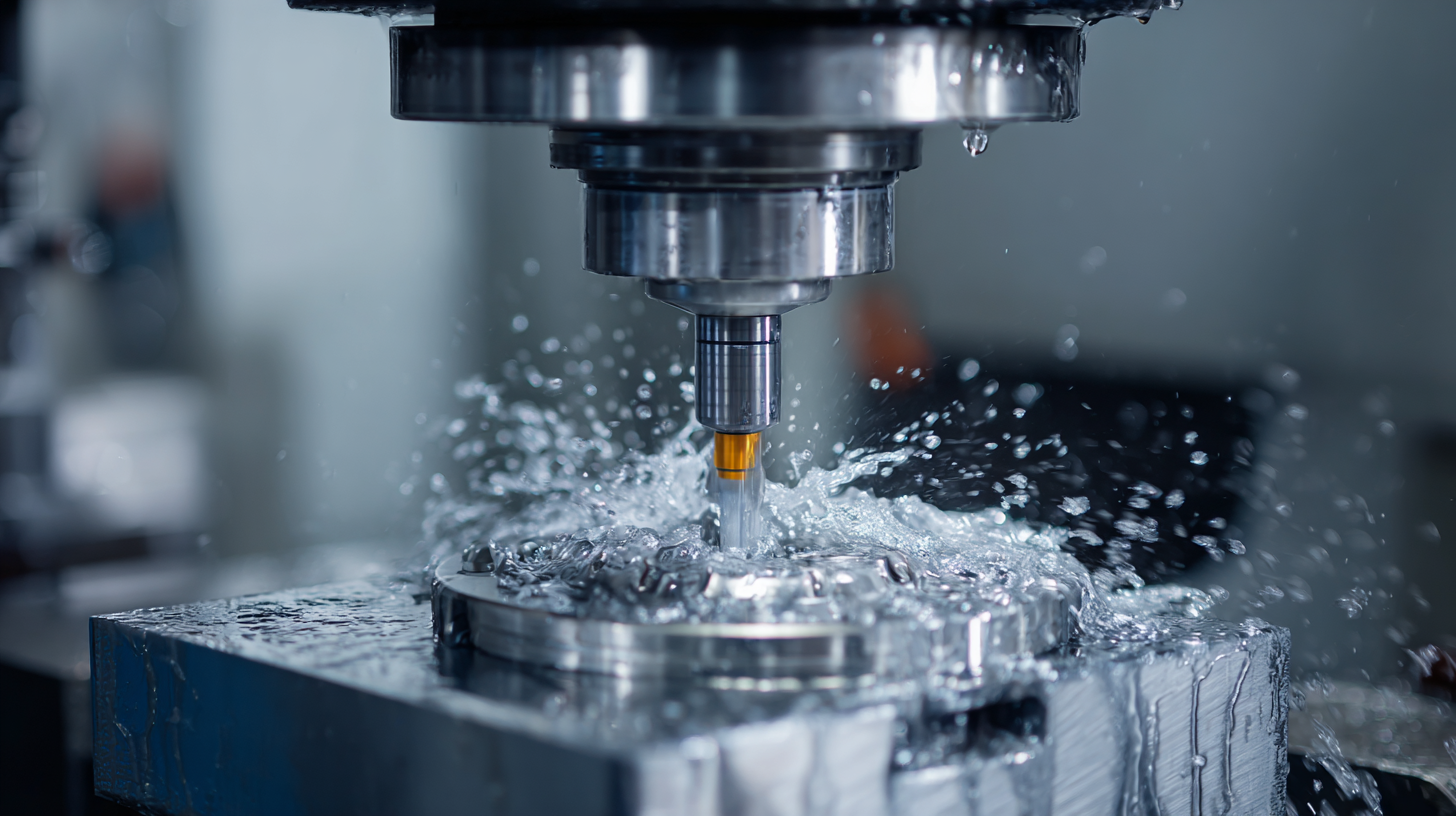
Determining Maintenance Needs and Support Services for Long-Term Investment
When selecting the right vertical machining center for your manufacturing needs, it’s essential to consider not only the machine's capabilities but also the long-term maintenance and support services required. An effective maintenance plan is vital to maximizing machine uptime and ensuring consistent production quality. As investments in infrastructure grow, aligning your machinery choices with a reliable support framework can provide significant advantages in the competitive manufacturing landscape.
**Tips:** When evaluating support services, prioritize providers that offer comprehensive training programs for your team. This investment boosts operational efficiency and reduces the likelihood of costly breakdowns. Additionally, choose machines with accessible service options; those with localized support teams can address issues swiftly, minimizing downtime.
As the manufacturing environment evolves, so do the complexities of maintaining advanced machinery. Ensuring that your vertical machining center has robust maintenance options is crucial for longevity. Always ask about the availability of spare parts and the expected response times for service requests. Engaging with manufacturers that emphasize their commitment to customer support can lead to better long-term outcomes and stability for your operations.
How to Select the Right Vertical Machining Center for Your Manufacturing Needs
| Criteria | Details | Importance Level | Maintenance Frequency |
|---|---|---|---|
| Spindle Speed | Max speed of 12,000 RPM for fine machining. | High | Every 500 hours |
| Worktable Size | Size of 1200mm x 600mm suitable for large parts. | Medium | Annually |
| Tool Capacity | 20-tool carousel for efficient operations. | High | Every 100 hours |
| Control System | User-friendly interface with advanced features. | High | Biannually |
| Support Services | 24/7 technical support and training services available. | Critical | As needed |
Related Posts
-
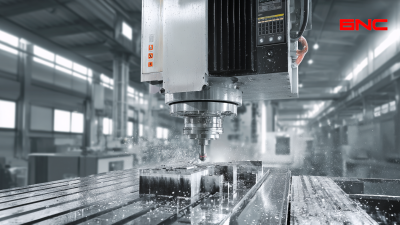
Exploring Top Alternatives to the Best Vertical CNC Machine for Global Buyers
-
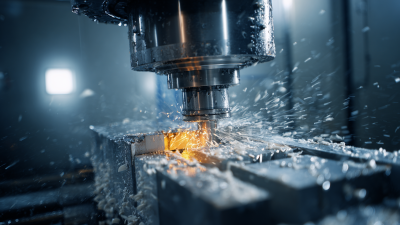
Overcoming Global Standards Challenges: The Search for the Best Milling Machine
-
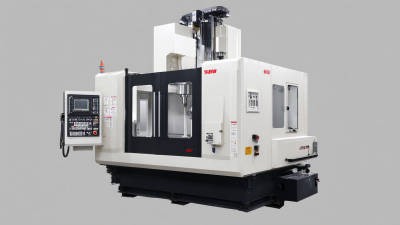
China's Best CNC Vertical Machining Center for Global Buyers Trust in Quality and Innovation
-
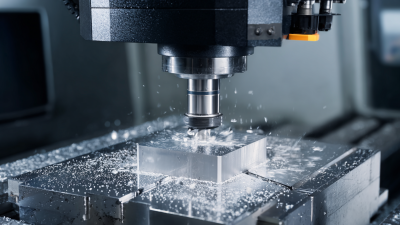
7 Key Features That Make the Best Vertical Machining Centers Stand Out in 2023
-
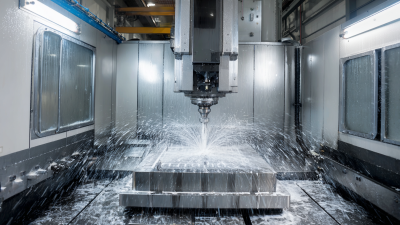
Top Strategies for Maximizing Efficiency with Large Milling Machines
-

7 Key Advantages of Using CNC Boring Mills for Precision Manufacturing
